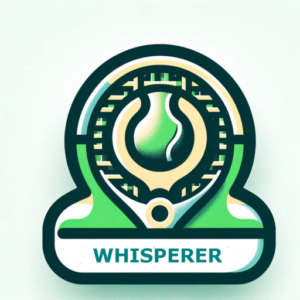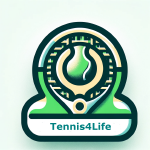Mastering the Serve Follow-Through
Mastering the Serve Follow-Through
The serve doesn’t end at contact—what happens after you hit the ball is just as important for balance, power, and match preparation.
The follow-through phase isn’t just a mechanical finish—it’s the bridge between a dominant serve and a confident first shot of the rally. This transition dictates how fluid, efficient, and dangerous you are as a server.
Why Follow-Through Matters
A well-executed follow-through allows you to:
-
Maintain dynamic balance so you’re not falling off the serve.
-
Generate additional rotational force through your torso, enhancing power and control.
-
Position yourself for the next ball, especially critical if you’re playing serve-and-volley or recovering behind a powerful first serve.
Neglecting this phase leaves you scrambling, late to recover, and susceptible to aggressive returns.
Why the Serve Is Different
The serve is the only shot in tennis that operates on two speeds—a slow, deliberate toss followed by an explosive hit. Navigating this tempo shift requires composure, rhythm, and sequencing. It’s what makes the follow-through even more critical—your ability to stay connected through both speeds impacts everything that follows.
Four Key Elements of Serve Follow-Through
1. Balanced Finish
Land on your front foot (left foot for right-handers) with a strong, grounded base. Avoid drifting or collapsing to one side. This sets the foundation for a stable, athletic recovery.
2. Stay on the Wheel
Stay “on the wheel” to fully engage your core and shoulder, maximizing the transfer of body weight into the ball. Imagine your torso continuing to rotate as if following the arc of a wheel—this helps maintain tension through the kinetic chain and supports deeper penetration into the court.
3. Controlled Deceleration
Let your arm and racquet “wrap around” naturally after contact, without forcing it. A tight, jerky finish disrupts rhythm and can compromise shoulder health. Think of it as “finishing your story”—fluid, complete, and unhurried.
4. Integrated Footwork
Seamlessly transition into your cross-over or first step recovery as part of the follow-through. Use the momentum from the serve to carry you forward, whether preparing to hit a groundstroke or move in behind the serve.
Tactical Recovery Tips
-
Against aggressive returners: Bias your follow-through to a more upright, neutral finish so you can react quickly off the mark.
-
Serve-and-volley play: Accelerate your recovery with a sharp first step and balance yourself with prep steps before the first volley.
-
On clay or slow courts: Extend your follow-through slightly and allow for a more measured recovery, emphasizing positioning over speed.
Visualize Your Target
Build your serve follow-through into your pre-serve routine and visualization. See it, feel it, and own it before you toss the ball. This sharpens your mental edge and aligns your movement with your tactical intent.
Wrap
Your serve isn’t complete until your body is balanced, your core engaged, and you’re ready for the next shot.
Stay on the wheel. Land strong. Move with intent.



